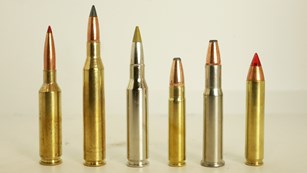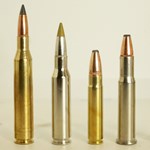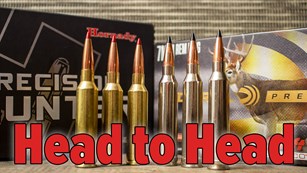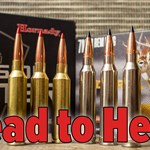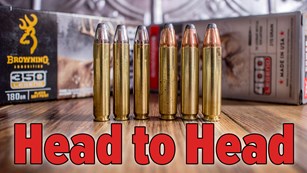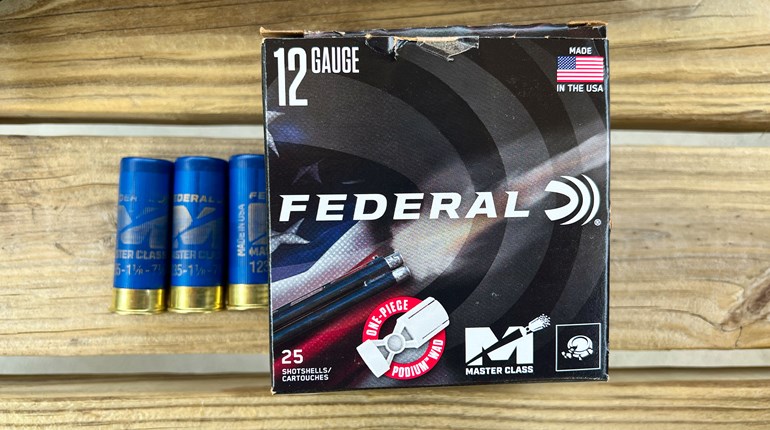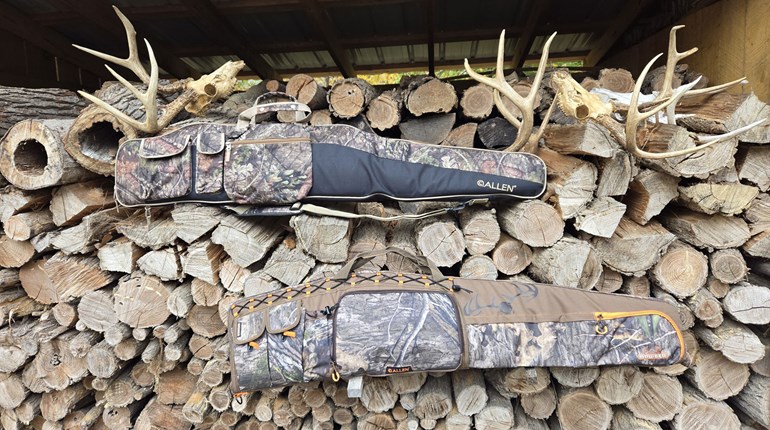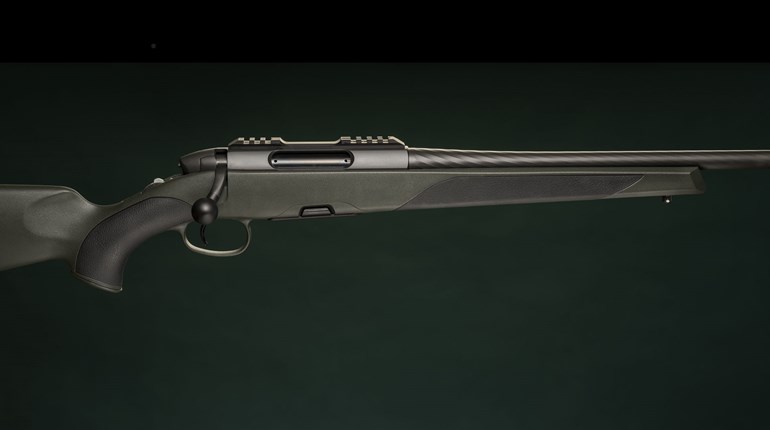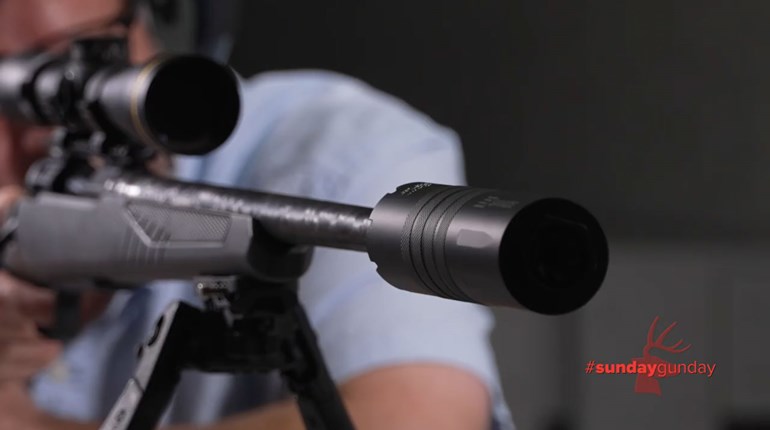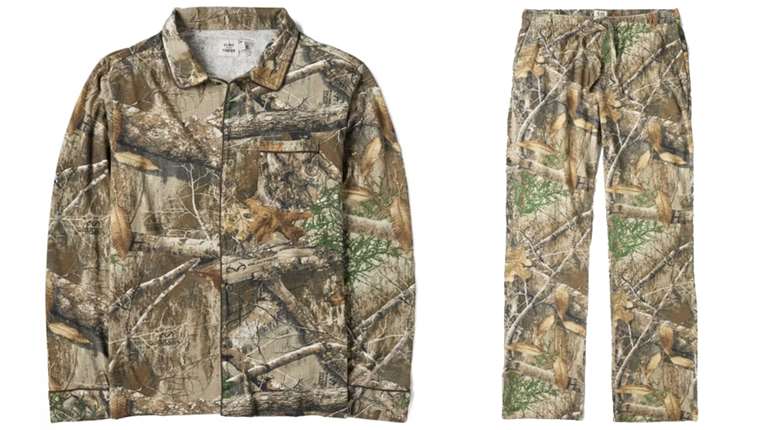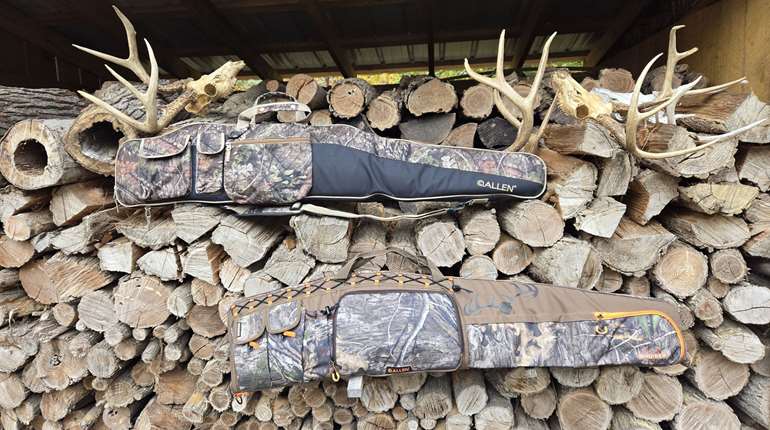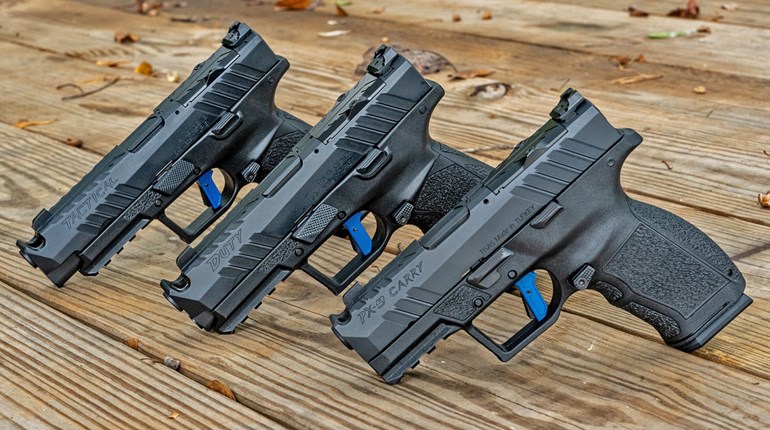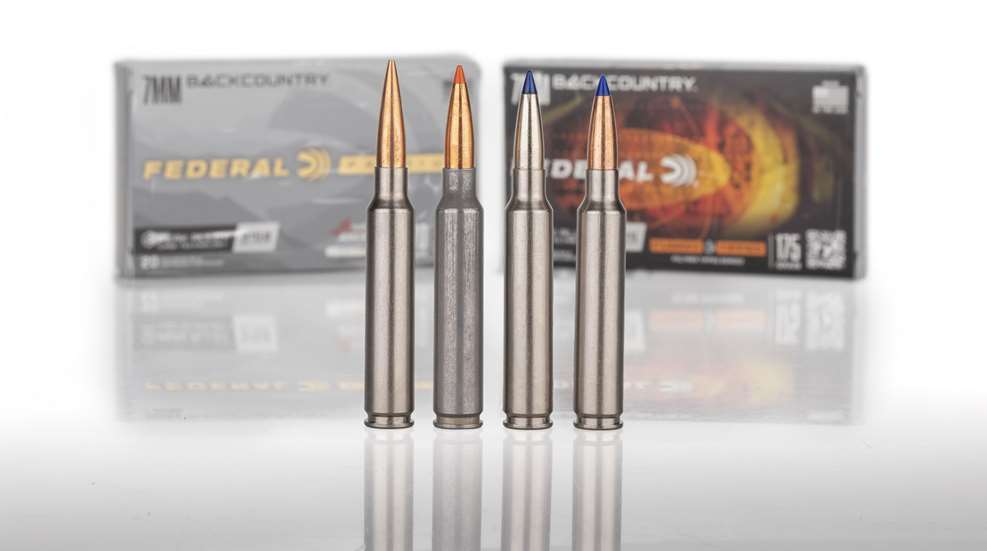
Since the inception and production of the centerfire cartridge, there have been a number of case materials used, with varying degrees of success. Early copper cartridges were certainly malleable, giving an ease of construction, but weren’t durable enough for the daily rigors of those who routinely handle ammunition. Brass offered the longest-lasting solution, giving enough strength to maintain its shape, yet enough malleability to be easily formed and reformed for multiple firings. Brass, however, can be expensive, and some European manufacturers began using steel as a more affordable option, though those cases were relegated to single use. We’ve even had the successful use of polymers for our case material, and while they have worked fine, it seems the shooting public either doesn’t feel comfortable with it, and/or doesn’t like the fact that they are not reloadable. Brass—whether on its own or plated in nickel—still reigns supreme.
Federal Premium is looking to throw another contender into the ring, and released their latest cartridge in 2025, the 7mm Backcountry, using a special heavy-duty steel alloy for the new case design. The concept, put simply, is to deliver a cartridge capable of high velocities from a short barrel; a barrel which could be used with a suppressor and would not be unwieldy in a hunting situation. Quite obviously, if you take a 24-inch barrel—so common for magnum-class cartridges, in order to wring the most velocity from the cartridge—and add, on the small end, an additional 5½ inches of suppressor, you’ve got an exceptionally long rig. If you were just shooting at the bench, or even in a competition, it might not make a big difference. Drag that rifle with nearly 30 inches of barrel into a hunting situation, and you’re likely to start thinking about a shorter rig. So Federal’s concept seems to be to deliver the velocities that we are so comfortable with, from a barrel measuring just 20 inches. And how does Federal pull this off? Higher pressures.

The majority of our brass cartridge cases top out at a pressure level of 65,000 psi (a pressure limit established by SAAMI, the Sporting Arms and Ammunition Manufacturers’ Institute), but due to the strength of the Peak Alloy steel case, the 7mm Backcountry can push that limit all the way up to 80,000 psi. Looking at the case itself, it is a rimless design, using the same .473-inch case head diameter (common to the .30-06 Springfield and 7x57 Mauser), measuring 2.417 inches long, with a maximum overall length of 3.540 inches, so as to fit perfectly in a standard long-action receiver. The 30-degree shoulder handles the headspacing duties, giving an appearance similar to—though dimensionally different than—the .280 Ackley Improved. The neck measures .273 inches, slightly less than the oft-desired one caliber in length, though this should not pose an issue regarding proper neck tension. The 7mm Backcountry is designed for use with 1:8 twist barrels, to properly stabilize the wide selection of 7mm-diameter projectiles.
Federal has opted for bullets on the heavier side of the 7mm spectrum, loading the 155- and 170-grain Terminal Ascent, the 175-grain Fusion Tipped, the 168-grain Barnes LRX and the 195-grain Berger Elite Hunter. You’ll find that Federal has listed two sets of velocity data for each load; one with a 20-inch barrel, and another with a 24-inch barrel. Based on the bullet selections, it seems Federal has both sectional density and ballistic coefficient in mind. I had four loads to test in the Savage Model 110 rifle, topped with a Leupold VX-6HD Gen 2 3-18x44mm scope, equipped with a 20-inch Proof Research carbon fiber barrel: The 168-grain Barnes, the 175-grain Fusion Tipped and the pair of Terminal Ascent loads.
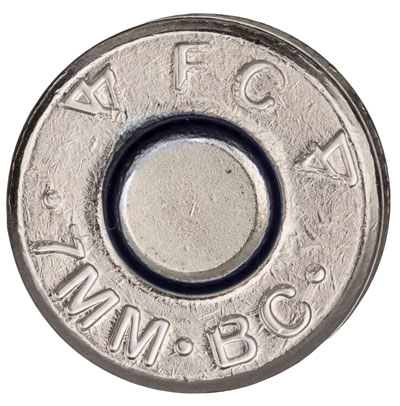
Though the rifle was threaded for both muzzle brake and suppressor (threads covered with a knurled cap) here in my home state of New York logic does not apply, so there was no testing with a suppressor on the rifle. Instead, I observed the velocities generated without the suppressor, as well as accuracy figures from the shorter carbon-fiber barrel. The Savage 110 Ultralite lived up to its name, weighing just 5 pounds, 11 ounces, unloaded and unscoped; it felt that way at the bench, as the light rig definitely had some snap to it in the recoil department. Savage’s AccuTrigger—which broke consistently at 2 pounds, 4 ounces on my Lyman Digital Trigger Scale—was a great help in placing shots consistently, and the rifle/ammunition combination proved to be accurate and delivered consistent velocities.
Because the 7mm Backcountry assuredly delivers magnum-level velocities, and because this is definitely a hunting rifle/cartridge combination, I limited group sizes to three shots, allowing the Proof Research barrel to cool completely between groups. That said, the rifle consistently delivered accurate groups, showing a slight preference for the longer bullets, with the Barnes giving the best accuracy and most consistent velocity figures, though all four of the Federal loads tested gave more than acceptable results. All of the loads tested came very close to the advertised velocities, with the Barnes LRX load running 46 fps over the advertised figure. If that Savage rifle were mine, I would probably opt for that Barnes LRX load, probably followed by the 170-grain Terminal Ascent load.
Despite the elevated pressure levels, I had no problems with extraction at all. Examining the fired cases, I saw the slight flattening of the primers, though I didn’t see overly cratered primers (both can be indicative of high pressures). With a case running at 80,000 psi, I can see where a special alloy steel case can handle the pressures, but it makes complete sense that the same primers used to seeing 65,000 psi might show some strain. But all-in-all, the ammunition performed perfectly.
One of the questions I’ve been asked regarding the Peak Alloy steel cases is whether they may be reloaded. The short answer is yes, but a slightly different procedure must be adhered to; more about this later. For now, Federal is offering a decent selection of bullet weights and configurations, so that the hunter has just about every variant of projectile he or she would use to hunt with a 7mm bore. Does the 7mm Backcountry have enough appeal to modern hunters to gain and maintain a place in the market? I suppose that “only time will tell” applies here, but I can see how a young hunter who wants to take full advantage of a suppressed rig would look favorably on this cartridge. Will other cartridges—say the .270 Winchester, .308 Winchester or .30-06 Springfield—receive the “Peak Alloy” treatment? I don’t personally think so, as the older rifles in all of the classic calibers might have trouble handling the pressure levels, so I don’t expect to see that anytime soon. But the 7mm Backcountry is a design that has a lot to offer a hunter, as the 175-grain Fusion Tipped will offer a trajectory curve and energy values very similar to the tried-and-true .300 Winchester Magnum, from a rifle with a short 20-inch barrel. I think the deciding factor of the cartridge’s longevity will be how many hunters make the dedicated switch to suppressed rifles.

Federal 7mm Backcountry
- federalpremium.com
- Caliber: 7mm
- Action Length: long-action
- Bullet Weights and Type Available in Factory Loads: 195-gr., Berger Elite Hunter; 168-gr., Barnes LRX (tested); 170-gr., Terminal Ascent (tested); 155-gr., Terminal Ascent (tested); 175-gr., Fusion Tipped (tested)
- Ballistic Coefficient (G1): .513 (168-gr., Barnes LRX); .646 (170-gr., Terminal Ascent); .586 (155-gr., Terminal Ascent); .575 (175-gr., Fusion Tipped)
- Muzzle Velocity (adv. fps): 3150 (168-gr., Barnes LRX); 3150 (170-gr., Terminal Ascent); 3300 (155-gr., Terminal Ascent); 3125 (175-gr., Fusion Tipped)
- Muzzle Energy (adv. ft.-lbs.): 3,701 (168-gr., Barnes LRX); 3,745 (170-gr., Terminal Ascent); 3,748 (155-gr., Terminal Ascent); 3,794 (175-gr., Fusion Tipped)
- Uses: medium-large game
- MSRP: $62.99-$81.99






